
Main Page |
Our Design Methodology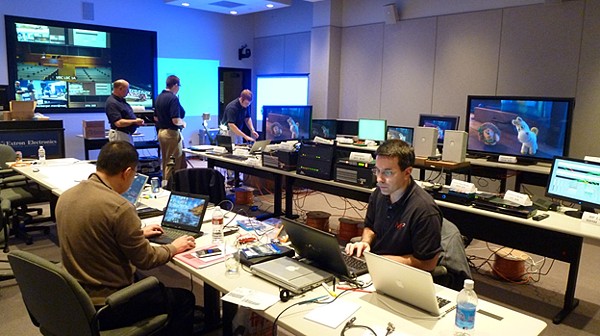 We provide technology systems design and evaluation for many different type of applications, sets of requirements and types of clients, but our design process and approach is typically the same, based on several design principles. These principles are:
Our goal is to design the most efficient, reliable, easy to use systems, meeting the project functional, performance and the budget (both for capital and operational budgets) requirements. We take our responsibilities of designing fully functional, easy to use, reliable and cost effective A/V systems for our clients very seriously. All of our project design work is conducted with the necessary due diligence following the proper design process, and utilizing the described design methodologies. We don't believe in the far too common 'Let's see what happens' approach. Application TestingWith the change from analog audio and video signals to digital signal formats over the past 10 years, the addition of digital rights management (HDCP) and identification information (EDID) to the AV signals, and the migration of the A/V signal transport from stand alone systems to reside on the client computer networks the complexity of the A/V systems and the potential for incompatibility between device has increased significantly. The functional, performance and operational requirements for A/V system have also grown ever more complex in recent years, requiring A/V systems to interact with a wide variety of source and destination device/systems ranging from portable smart phones/tablets, videoconferencing hosting systems, lighting and room control systems to hi-fidelity human patient simulators and network based capture and hosting systems, just to name a few. Additionally, most of the A/V systems these days are required to accommodate the concept of Bring Your Own Device (BYOD), creating the need to accommodate a wide range of source devices and signal formats ranging from low resolution legacy analog signal formats to high resolution HD and 4K digital devices over wired and wireless connectivity. To achieve the required functional, performance and reliability targets for a project and mitigate the risks to the project from a schedule, effort and cost perspective, Mc2 implemented a prototypical application testing process, which is conducted pas part of the detail design development process where the systems are setup, configured, tested and test results documented. This is not an easy process, often involving the clients AV-IT or facility departments, and requires the support of the manufacturers to provide products for testing. While this seems expensive, onerous and time consuming, the reality is that is has proven to be fundamentally important, saving critical design, implementation, testing and commissioning time, effort, and money for the project! A technical or functional issue identified early in the project, during the design phase, can be dealt with much easier at that time and at much lower cost, with much less risk to a project in comparison to any incompatibilities found during testing and commissioning, just when the project is supposed to be finished and ready to be handed over to the client’s operational team. Mc2 has followed this practise for many years conducting many prototypical application system tests at our test labs, at client locations and occasionally and manufacturer facilities, and every single time the testing and its results have proven to be absolutely critical for the on time and on budget implementation of the technology systems. Picture at top of page: Fibre Optics based, A/V routing System, for the phase-2 of the UBC distributed medical program prototypical A/V routing system testing conducted in Anaheim at the Extron Engineering facilities, with the support of the UBC Med-IT operations team and equipment provided by many different manufacturers ranging from Cisco, to Panasonic. Mc2 owns the required testing equipment, computers, and testing software needed to conduct the prototypical testing, including the requirement measurements. The same testing equipment is used as part of the detailed testing and commissioning process MC2 follows to determine that the implemented systems have met the specified functional and performance criteria. Picture below with various examples of fiber ends from excellent to poor condition. The image below to the right shows the video fiber microscope 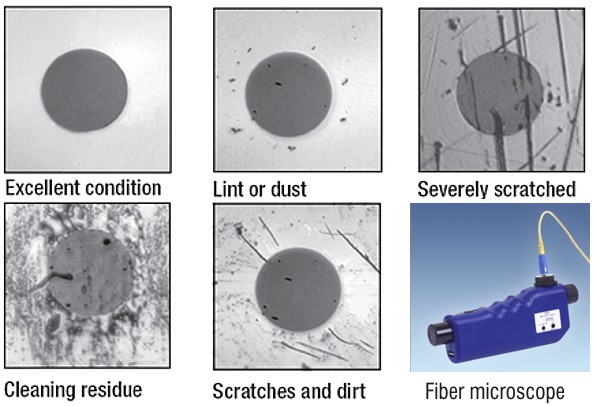 Picture Below; A/V application testing, with the Crestron Digital Media Systems 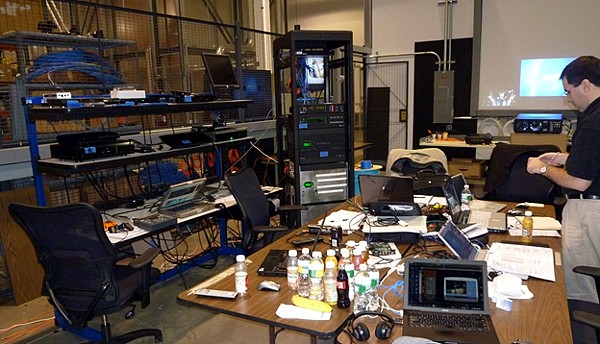 Picture Below; Small to Medium sized Videoconferencing room Application testing; Testing the system's ability to call camera presets via microphone activation button push or through voice activation. The requirement was to achieve the desired functionality using the logic of the audio DSP, in combination with the microphones and the robotic cameras, without the use of an A/V control system, to minimize the system complexity, cost, and implementation time. A testing and demonstration system was setup at the Mc2 test lab, and the proposed solution was adopted by our client as a standard for small and medium conference rooms, reducing capital and operational cost and support effort significantly. 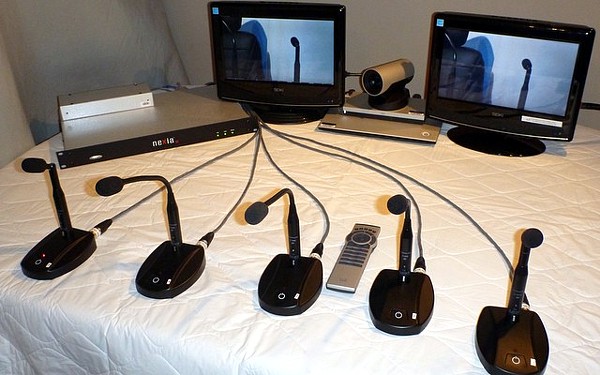 Pictures Below; On site speaker system evaluation for a large area outdoor sound system. 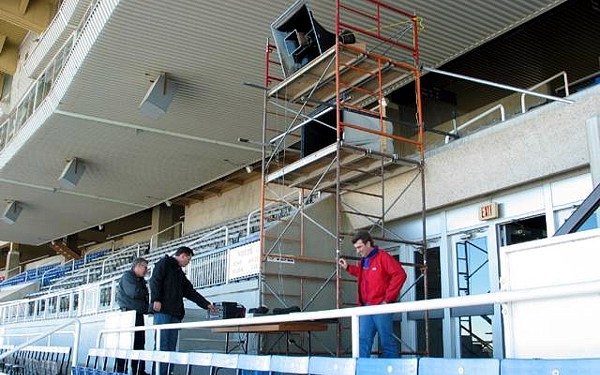 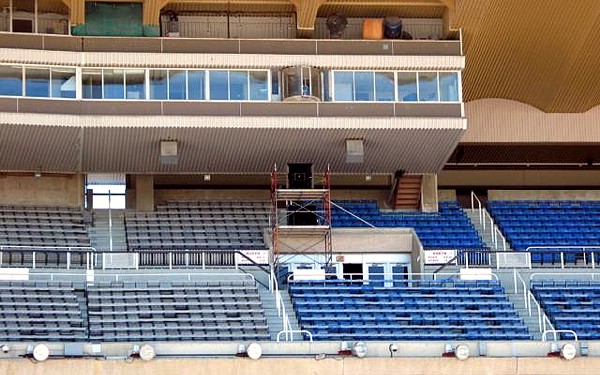 |
